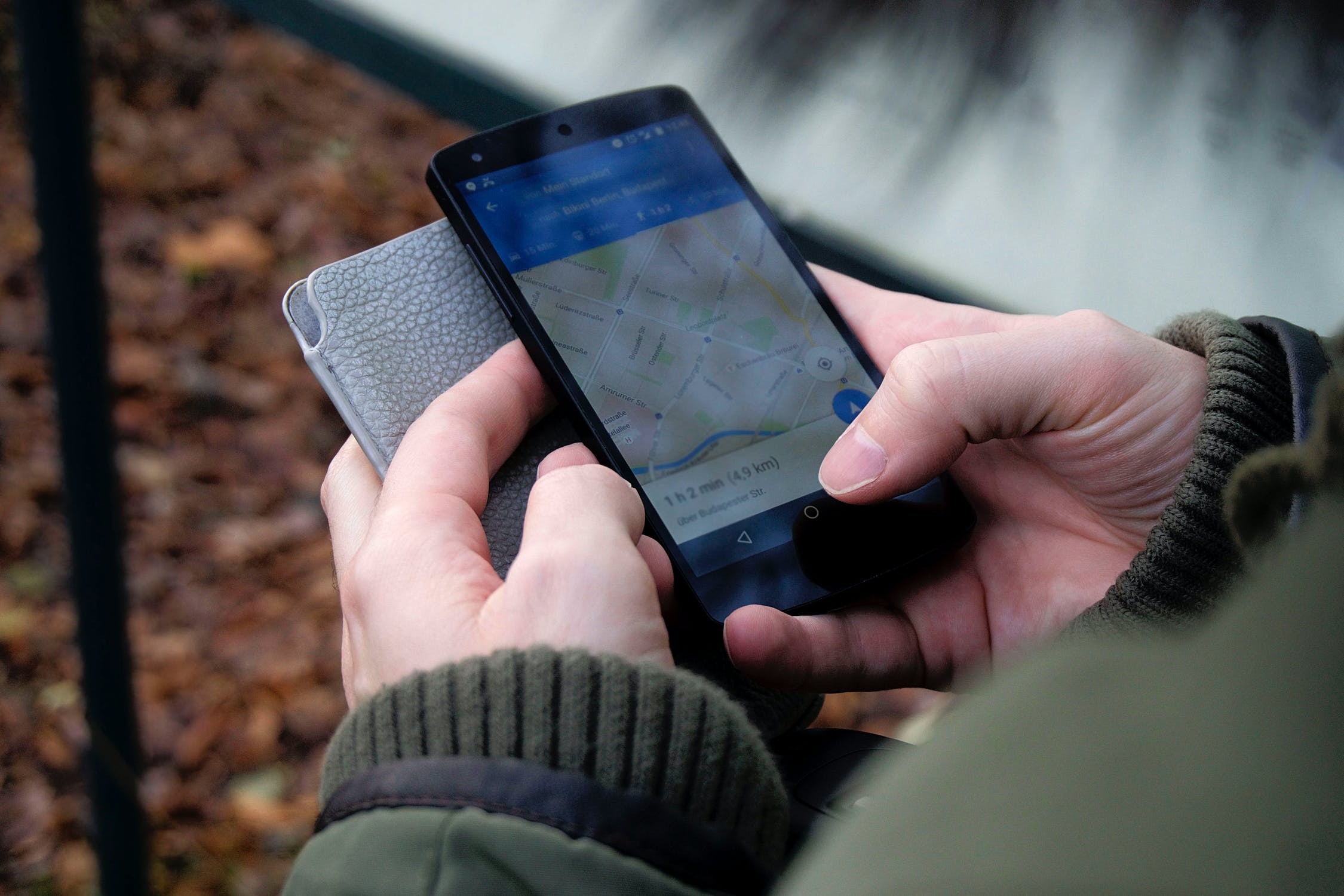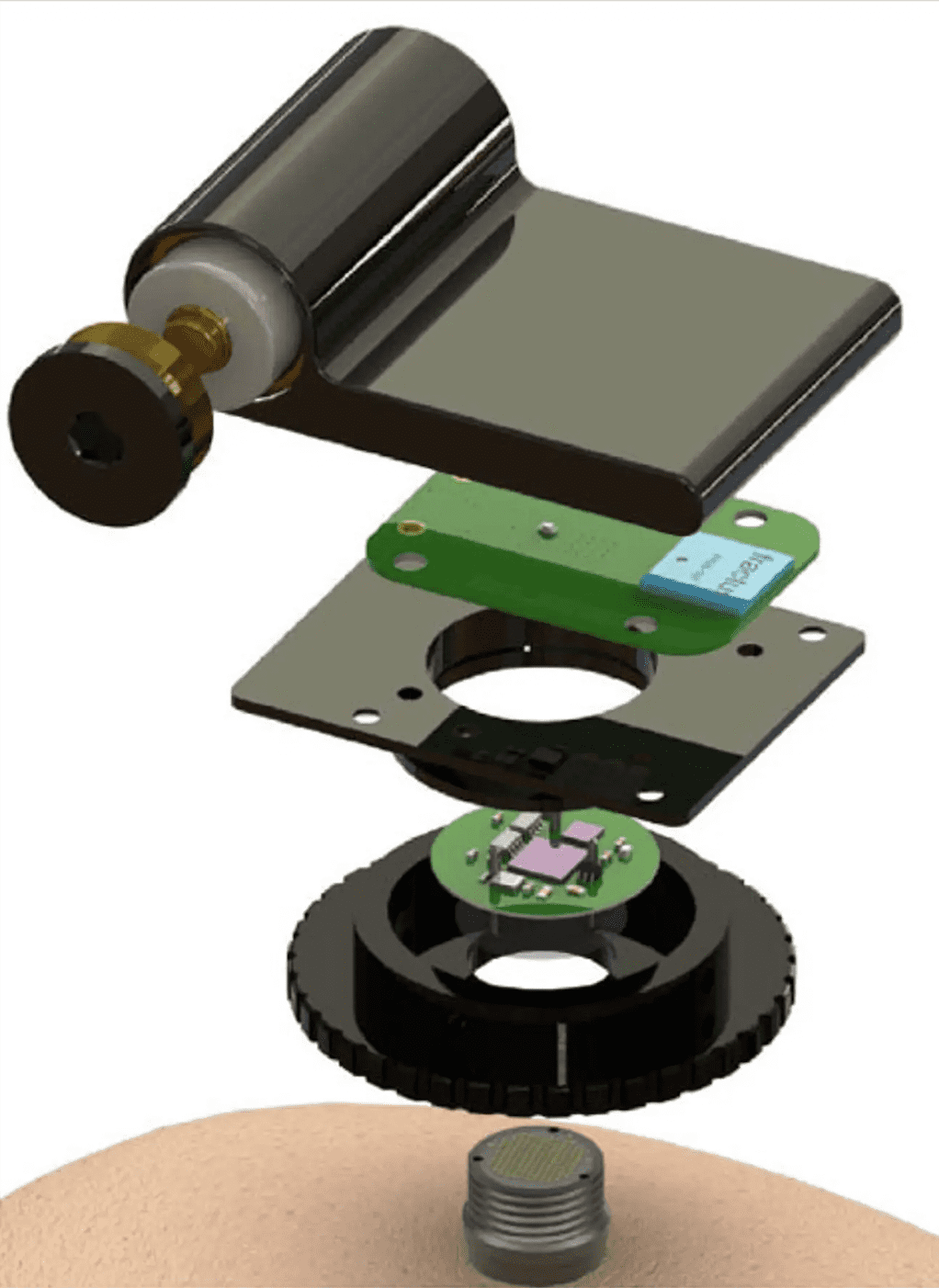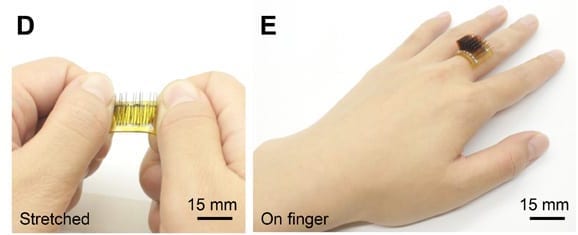Technology today seems like it’s moving at hyper-speed and if you blink, you’ll miss it.
And it’s pretty wild to see exciting stuff get introduced to the market and then see it go away later.
That’s called getting old, folks!
People on AskReddit discussed technology that they remember being invented and then going away.
Let’s see what they had to say.
1. Gone by the wayside.
“CD Players especially in cars.
I thought the best thing ever would be to have a CD changer in my car.
Now my car doesn’t even have a CD player.”
2. Get where you’re going.
“I remember when GPS devices came out, that was huge. No more printing out directions, the little machine will direct you.
Pretty much immediately the same exact thing was added to smartphones.
I bet my dad still has his GPS in his glovebox dusty as all hell.”
3. The good old days.
“Phone cards.
You’d buy a phone card so that you could use it in a payphone and never have to worry about having change. They converted half the phoneboxes to take them which must have been a major infrastructure operation.
This must have been the 1980s I think. Now completely forgotten.”
4. Oh yeah!
“The word processor.
Like a typewriter with a tiny bit of memory so you could make corrections before it printed the type. Before that it was either strike through or white out. Sort of.
Actually I used a computer at school before I ever saw a word processor but not even my rich friends had one at home. Short lived because home computers started becoming more common and affordable.
Kind of a step back in a way because dot matrix printers looked like c**p compared to something typed on a word processor.”
5. So cool!
“I’ll never forget getting a Sony Walkman for Christmas.
It was amazing to be able to take music everywhere with me.”
6. A status symbol.
“I remember when I was a kid, the rich neighbor down the street installed a satelite dish.
F**k basic cable, he needed a gigantic frisbee on his roof so that he could access dozens of independent TV channels.”
7. One and done.
“Moon boots were supposed to be amazing.
Tricked me into exercise for a weekend.
Never touched them again.”
8. Fancy stuff back then.
“Answering machines.
Like the old style with mini cassette tapes.”
9. I miss them!
“Disposable film cameras.
There is a show called Beyond 2000 from the 80s and 90s that would do segments on technology of the future. Lots of stuff they showed never went anywhere, but I distinctly remember disposable cameras being talked about. Then a few years later they were everywhere, and sometime in the last 10 they’ve mostly disappeared.
Was at a wedding a few years back and they put one camera on each table for the guests to shoot with. All were collected, developed and scanned, then put up online for everyone to see. Really fantastic idea. Now everyone takes their own photos at events like that and there’s not a unified way to share them with everyone in quite the same way.
I’d love to see a digital camera version of the per-table units. Having something shared and physical at an event like a wedding is so much better.”
10. Seen a lot…
“Oh my….. I am 62……
Fax machines, word processors, pagers, home answering machines, cable TV, vhs, Beta, cd players and disks, 8 tracks, 85 percent efficiency furnaces, 4 barrel carburetors.
Fuel injected 2 stroke outboad engines, variable cylinder engines, frozen orange juice, Tang, electric typewriter……..I could go on…..”
11. Do you remember?
“Commodore 64.
Was bought new into my Grade 1 class, and it just sort of sat as an oddity in the corner. My teacher was at least in her early 60s if not older so it didn’t really get used until I started poking around on it.
I got one at home halfway through the year and played a ridiculous amount of Bruce Lee.”
12. So fun!
“Walky-talkies.
I remember when I was a kid we would go on vacations with with a couple other families we lived near. We would all put the Talkies on channel 3 and any time one of the cars needed to pull over or something we would all stop.
Was good for asking for directions and whatnot as well in case someone fell behind the rest of the caravan. No GPS back then either.”
How about you?
What technology do you remember being introduced and then going by the wayside?
Talk to us in the comments and share your stories!
The post People Share Stories About New Technologies They Remember That Are Now Obsolete appeared first on UberFacts.


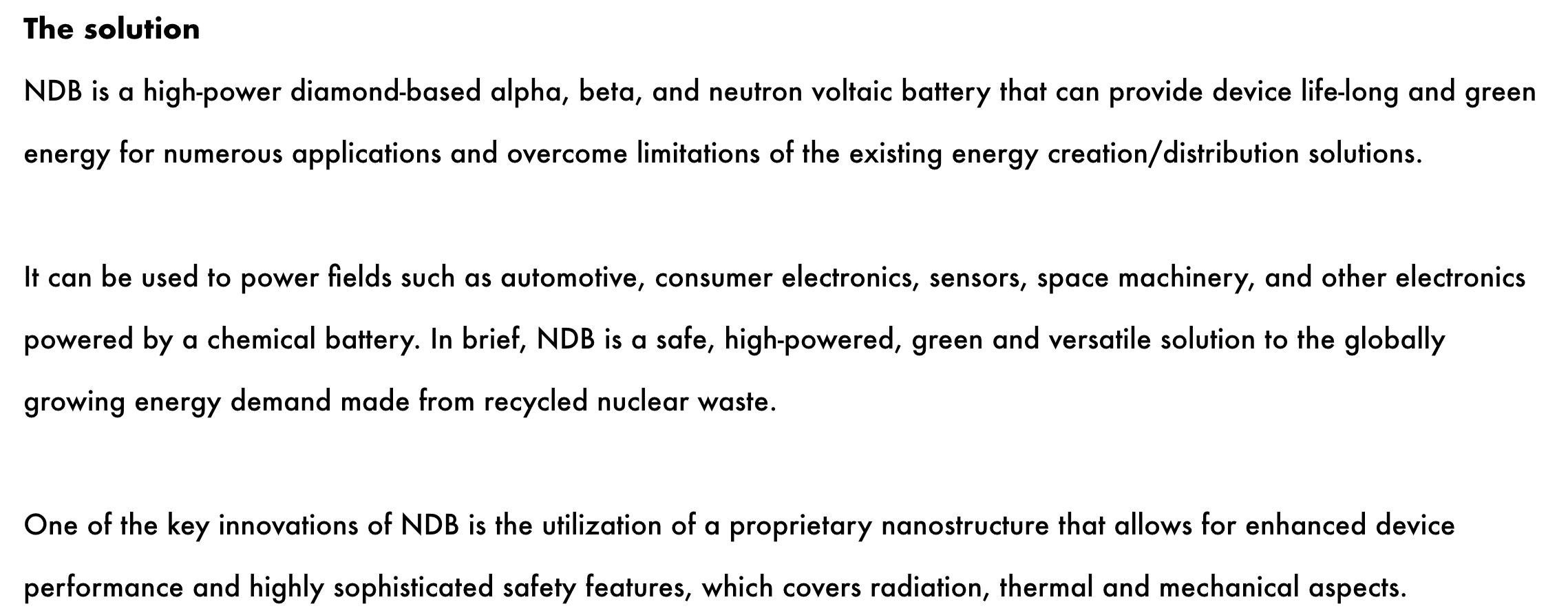
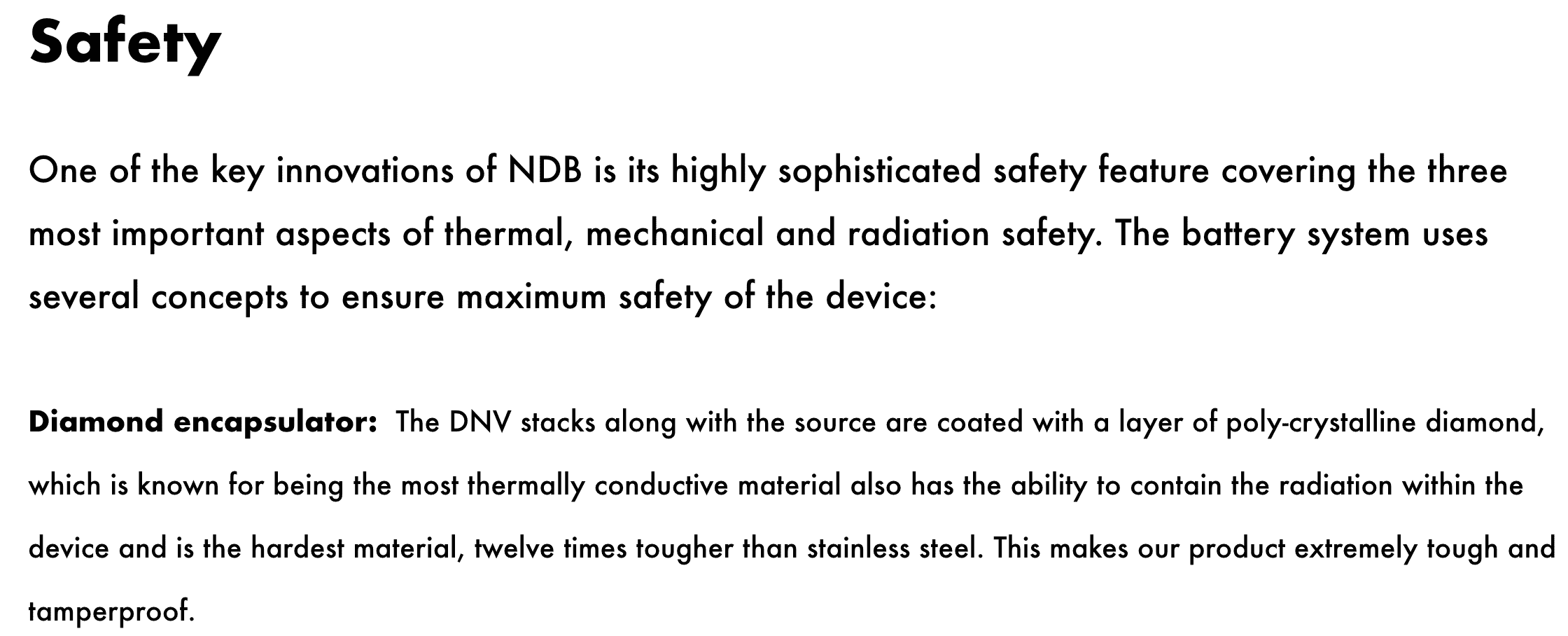



 sweater my grandma sewed for me in the early 90s
sweater my grandma sewed for me in the early 90s


